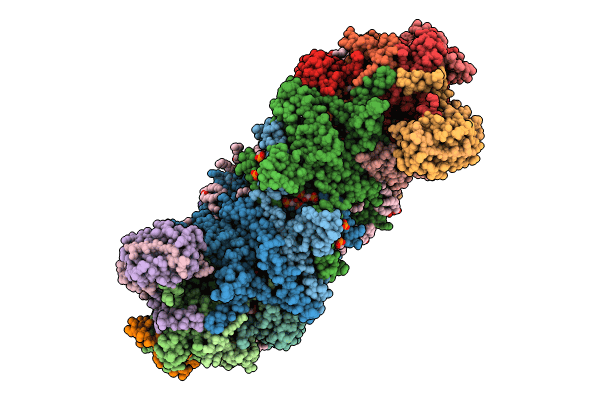
Deposition Date
2023-04-25
Release Date
2024-07-17
Last Version Date
2025-10-01
Entry Detail
PDB ID:
8OVD
Keywords:
Title:
Respiratory supercomplex (III2-IV2) from Mycobacterium smegmatis
Biological Source:
Source Organism:
Mycolicibacterium smegmatis (Taxon ID: 1772)
Host Organism:
Method Details:
Experimental Method:
Resolution:
2.30 Å
Aggregation State:
PARTICLE
Reconstruction Method:
SINGLE PARTICLE


